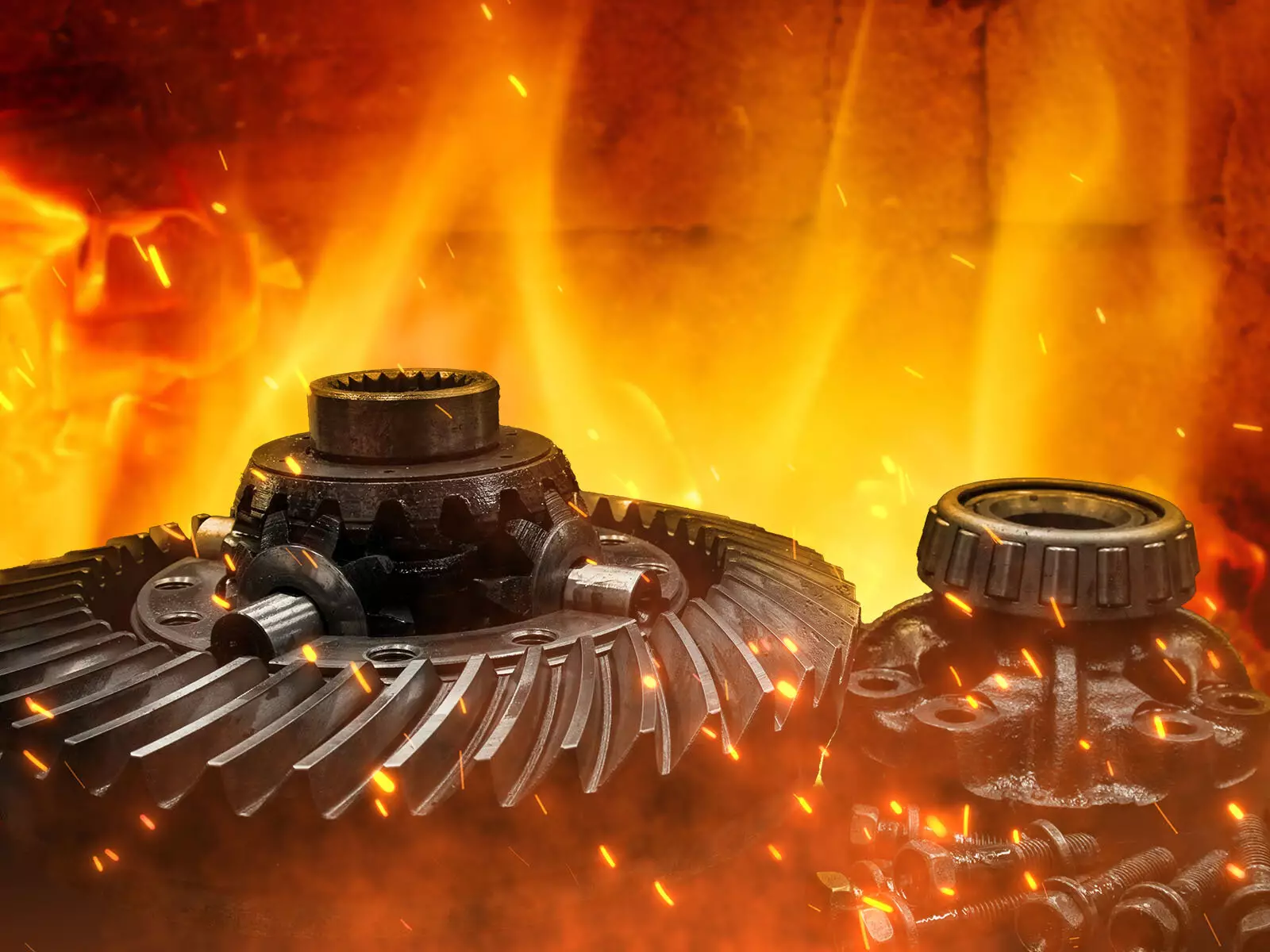Stainless steel is valued by cooks for its durability, rust resistance, and ability to heat food evenly. However, what sets stainless steel apart is the presence of chromium in the metal. When exposed to oxygen in the air, chromium forms a thin protective coating that safeguards the steel beneath it. This essential feature has made stainless steel a popular choice for a wide range of applications, from cookware to industrial machinery.
Exploring Extreme Environments
In recent years, scientists and engineers have been pushing the boundaries of material science by developing alloys capable of withstanding extreme conditions. These novel alloys, known as multi-principal element alloys or medium- to high-entropy alloys, combine multiple metals in equal proportions to achieve specific properties such as strength, toughness, and resistance to corrosion. The goal is to create alloys that can resist oxidation, a process where metals react with oxygen in the atmosphere, which can lead to degradation over time.
A New Approach to Alloy Design
A research team led by scientists from the Department of Energy’s Pacific Northwest National Laboratory and North Carolina State University has developed a groundbreaking method to predict the behavior of high-entropy alloys under high-temperature oxidative environments. By combining atomic-scale experiments with theoretical models, the team has laid the groundwork for a more efficient process of designing and testing oxidation-resistant complex metal alloys. This approach offers a roadmap for rapidly identifying and developing alloys with superior properties for demanding applications in industries such as aerospace and nuclear power.
In their recent experiments, the research team focused on studying the degradation of a high-entropy alloy composed of cobalt, chromium, iron, nickel, and manganese (CoCrFeNiMn). By using advanced atomic-scale techniques, they were able to observe how each element interacts within the alloy and the resulting oxide. One key finding was the rapid migration of chromium and manganese to the surface, where they formed stable oxides. By introducing a small amount of aluminum, the researchers discovered that aluminum oxide could act as a barrier, preventing other elements from forming oxides and thus enhancing the alloy’s resistance to oxidation at high temperatures.
One of the significant challenges in developing complex alloys is predicting how they will behave in extreme environments over time. To address this issue, the research team developed a model called the Preferential Interactivity Parameter, which can help predict the oxidation behavior of complex metal alloys. This predictive model offers valuable insights into understanding the oxidation process at the atomic scale and lays the foundation for designing alloys with exceptional high-temperature properties.
Moving forward, the research team aims to expand their research to rapidly evaluate and develop new alloys with exceptional properties. By integrating automated experimentation, additive manufacturing techniques, and advanced artificial intelligence, they hope to accelerate the process of discovering novel alloys for a variety of applications. The ultimate goal is to identify the ideal combination of elements that can form a stable and protective oxide, capable of withstanding extreme heat in environments such as rocket engines and nuclear reactors.
The study sheds light on the mechanisms governing oxidation in complex alloys and paves the way for the rapid development of next-generation materials with superior properties. By leveraging interdisciplinary research and cutting-edge techniques, scientists are poised to revolutionize the field of alloy design and create materials that can thrive in the most challenging environments.


Leave a Reply